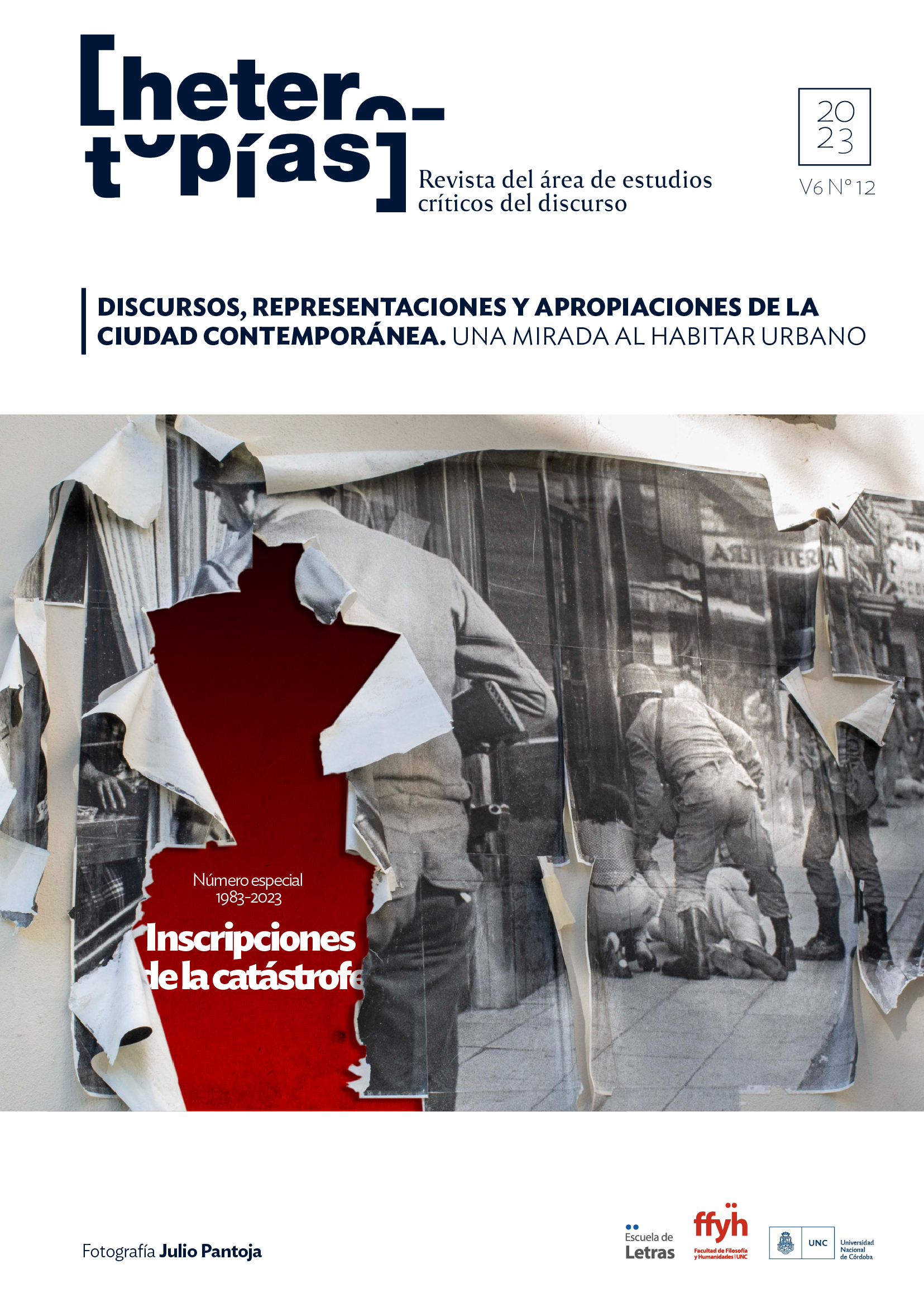Collective housing as a response to urban transformations. Approaches from three proposals for residential spaces
Main Article Content
Abstract
Collective housing originates associated with urban needs, and has evolved according to the transformations of cities. Currently fifty-six percent of the world population is urban andit is assumed that this trend will continue to grow, and by 2050 the percentage will rise to seventy percent. On the other hand, the right to housing is recognized in national constitutions, in the Universal Declaration of Human Rights and in the International Covenant on Economic, Social and Cultural Rights. The aforementioned urban population increase impacts the requirement for collective housing, as well as the context in which they are deployed. Density increases and there is friction due to proximity, while dynamics and subjective needs change. That is why its generation based on an approach that weights the contextual variables in the highest degree of interrelation possible is considered prevailing, so that each proposal can be woven dialogically with its environment. Regarding the particular situation in Argentina, although since the 19th century some aspects of hygiene have been applied to solve the problem of habitability, particularly in Buenos Aires, this only deepened in the following century. In this regard, it is worth mentioning that from the mid-twentieth century, the National
Constitution incorporates the right to adequate housing, but even so, there is evidence of a housing deficit, which is expressed both quantitatively and qualitatively, and although a considerable percentage of the population has with homes, these require improvements, adaptations and repairs to guarantee decent habitability. It is imperative then, the proper use of resources and the implementation of project processes that consider the insertion context and habitability variables. This article proposes a critical reading of these interrelated variables, based on the comparison of contemporary Argentine collective housing.
Downloads
Article Details

This work is licensed under a Creative Commons Attribution-NonCommercial-ShareAlike 4.0 International License.
Those authors who have publications with this journal, accept the following terms: Those authors who have publications with this journal, accept the following terms:
a. The authors will keep their copyright and guarantee to the journal the right of first publication of their work, which will be simultaneously subject to the Creative Commons Attribution - Non-Commercial - Share Alike (by-nc-sa) Attribution License; no commercial use of the original work or any derivative works is allowed, the distribution of which must be done with a license equal to the one that regulates the original work.
b. Authors may adopt other non-exclusive license agreements for the distribution of the published version of the work (e.g., deposit it in an institutional telematic archive or publish it in a monographic volume) provided that the initial publication in this journal is indicated.
c. Authors are allowed and recommended to disseminate their work through the Internet (e.g. in institutional telematic archives or on their website) before and during the submission process, which may lead to interesting exchanges and increase the number of citations of the published work. (See The effect of open access).
How to Cite
References
Barraud, S. (2022). El espacio doméstico. Procesos proyectuales contemporáneos. Diseño.
Colomina, B. (2006). La domesticidad en guerra. Actar Franco López, V. (2022). Lo común. Una nueva mirada para la vivienda colectiva. A&P
Continuidad, 9 (16), doi: https://doi.org/10.35305/23626097v9i16.373
Habraken, N. J. (1974) El diseño de soportes. GG
Kozak, D. y Williams, F. (2017) Medianeras en Plot, Modos de Habitar II (EE8), pp. 186-193.
Montaner, J. M. (2015). La arquitectura de la vivienda colectiva. Editorial Reverté.
Lacaton, A. y Vassal, J. (2017). Actitud. GG.
Lleó, B. (2005). Sueño de habitar. GG.
Saldarriaga Roa, S. (2019). ¿Cómo se habita el hábitat? Los modos de habitar. Procesos Urbanos. 6: 22-33.
Ravetllat, P (2005). La planta baja: una intersección entre el edificio y la ciudad. DPA: documents de projectes d’arquitectura, 2005, 21.
